Eye rolling is one of the most disapproving and disrespectful gestures a person could make in the present day and age. It’s a sign of not just showing disinterest but also devaluing someone’s presence and their words and actions. It’s often read as an obnoxious facial sign of arrogance and is generally a response to annoyance, disbelief, boredom, and well, a sense of immediate dismissal the ‘roller’ often possesses. Rolling eyes is never a good sign nor a good behavior to showcase.
However, the rolling eyes emoji does not seem to be as ticking off as the actual gesture. It could be because the eyes – in the emoji they’re shown as merely looking at the ceiling. The “roll” is not defined, and hence, is not as appalling. But, rolling one’s eyes, in reality, can be quite destructive and chaotic because many people across many cultures and parts of the world do not take this gesture very well. There’s a specific reason behind this facial signal’s ability to repel and frustrate – and we’re crafting this blog post to look both into the real act of eye-rolling and the inspired emoji.
Presenting, the most controversial and best meme face of all time – the rolling eyes!
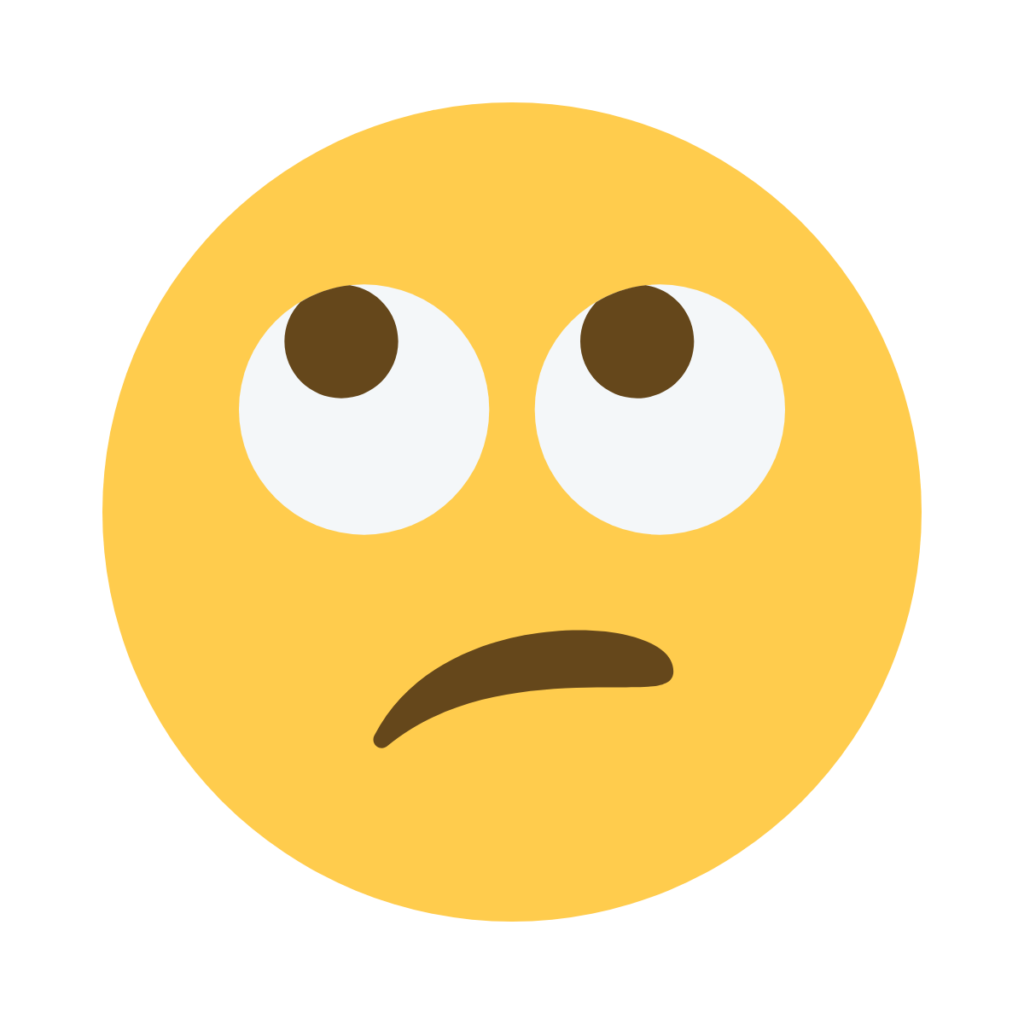
Meaning of 🙄
If we were to base the significance of the 🙄 Face With Rolling Eyes emoji on the actual expression of rolling one’s eyes and the name of this emoji, then this would be one of the most annoyed emoji expressions on the list. It would suggest indifference, contempt, irritation, cynicism, disbelief, and discouragement.
But, the illustration of 🙄 can mean a couple of different things given its slightly varied position of the eyes – they aren’t looking for a brain. The design of the emoji would signify cluelessness, bewilderment, mockery, and a manner of responding to ridicule and stupidity. It can also be the face of being unimpressed or unamused – the mouth gives this tiny interpretation away.
Significance of the Iconic Rolled Eyes
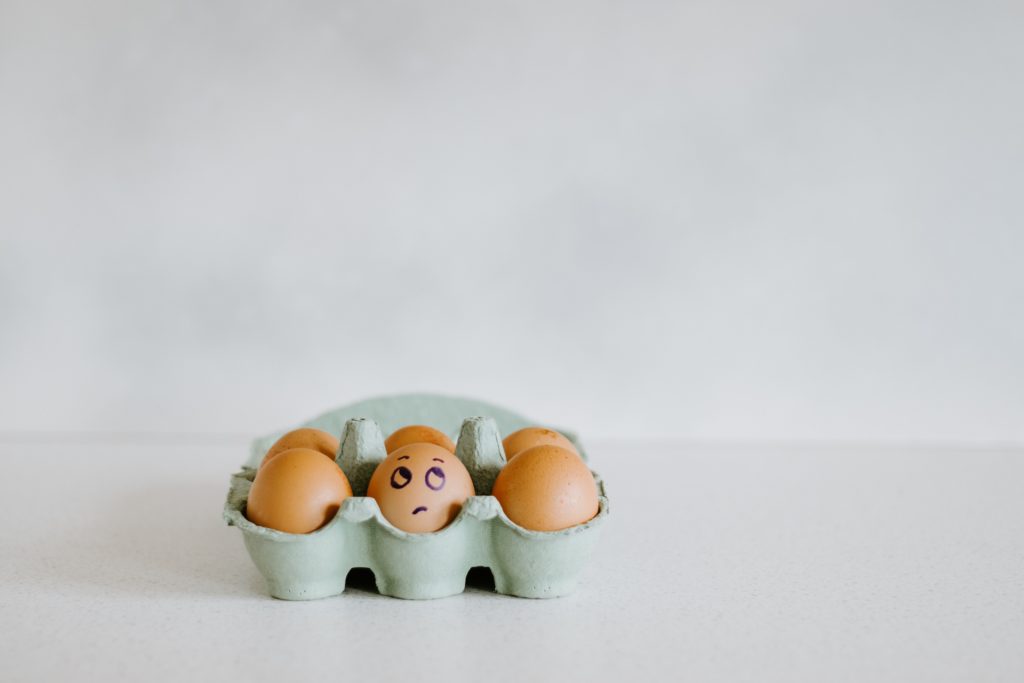
We’ve seen posts of people and sometimes even animals rolling their eyes. By itself, the gesture isn’t so harmful, but it has come to mean some terribly offensive things. A pair of rolled eyes is an indication the person is annoyed, exasperated, exhausted, dreadfully bored, or just doesn’t have the energy for something or someone.
Eye rolling is never a good idea – under any circumstance (like we already mentioned). Even in the slightest way or form, this facial expression can have serious repercussions and create some depreciating impressions about the “roller”. In a family scenario, eye-rolling is taken for sheer disrespect and brattiness the kid could pick up and take the nerve to carry out the act in front of parents and other elders. In most romantic relationships, eye-rolling is often forgiven and is seen as a “cute” face – unless it’s hatefully gestured and received that way. Between friends and best friends, eye-rolling hardly has any consequences – it is a hint the person is just unfriendly and unapproachable and a sign they’re not meant for you.
Eye-rolling seems to be uncivil only when it’s directed towards someone older. It’s also a damaging gesture to make in a formal scenario – like your workplace, an interview, an event that’s going on air, etc. So, bottom line is that rolling your eyes is fine as long as it’s age-appropriate and is made in an incredibly informal setting – that is making the gesture among people of your own age group, and in a space that has no formalities, and hence no obligation and penalties for bad behavior. But, apart from this minute exception, eye-rolling is otherwise impolite and rude.
History of the Rolled Eyes
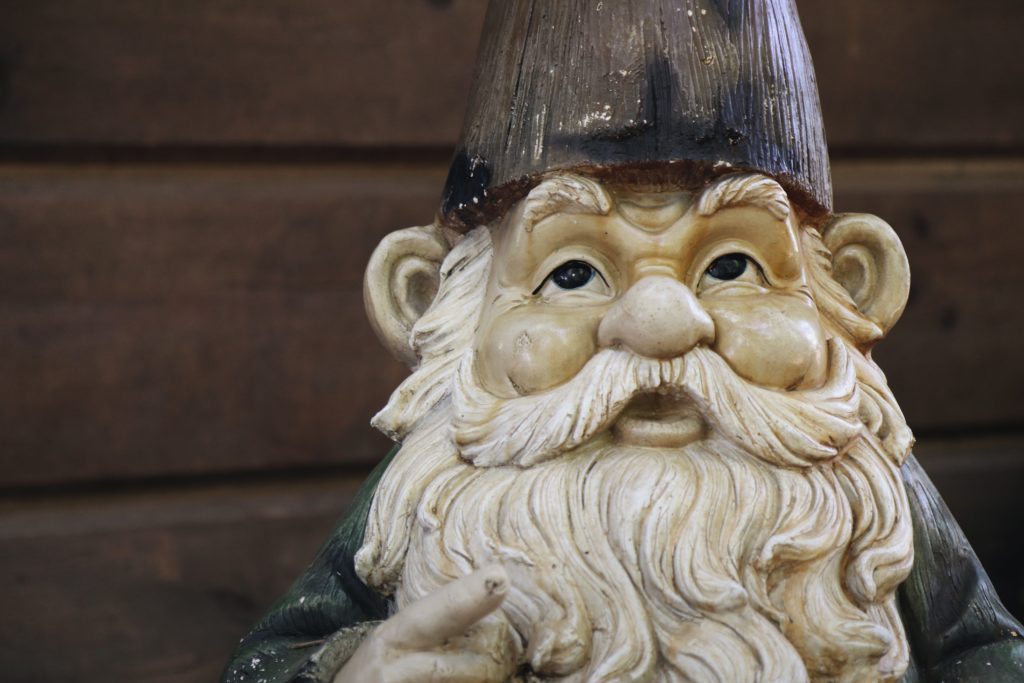
Interestingly, eye-rolling did not start as a non-verbal cue of disrespect. People who began the trend of rolling their eyes in the early centuries had a completely different yet similarly controversial and disrupting connotation with a pair of rolled eyes. Sex! Yes, back in the day, rolling one’s eyes was a mark of lust and seduction. The peeps then took our modern implication of an orgasmic eye roll and turned that into the mainstream meaning for this gesture. So, although rolling one’s eyes was not rude in the Shakespearean era and before that, it was sending out the wrong message anyway. Seems like rolled eyes are just doomed that way.
Some famous written records and instances of rolling one’s eyes can be learned in some of the most famous and renowned pieces of literature and entertainment like the Shakespearean poem – The Rape of Lucrece, Milton’s epic poem – Paradise Lost, Hank Penny’s song – Bloodshot Eyes, and so many more. In most of the early records, eye-rolling had a sexual inference. It’s only during the 1980s that this facial expression took a big turn downtown and was affiliated with the negativity we know of it today. Up until then, it was all about desire, passion, seduction, and well, sex.
Do We All Roll Our Eyes?
Eye-rolling is a purpose-filled gesture (unless it’s a physiological attribute) that’s quite often made by teenagers to show disinterest and rejection, but it is often read as a sign of disrespect and bad manners – mostly by elders. Adolescent girls are frequently guilty of this expression when compared to adolescent boys – and female eye-rollers generally grow up to be adult eye-rollers as well. In scenarios of encountering differences, women may turn and roll their eyes upwards, while men may turn their physique to physically hurt and hopefully solve the situation. Most women take to subtle hints of disagreement and making it known that we don’t approve. We’re purposefully sneaky that way.
Besides, rolling one’s eyes is virtually identified with adolescence. It is a popular expression that’s often related to this age group because it is that frequently witnessed in this age group. The reasons behind a teenager’s volatile facial expressions and reactions lie in their physiology at the time and their rapidly changing and shifting hormonal scene. So, when a teenager does it, although tremendously annoying, it’s understandable. But when an adult displays the same behavior, they can risk the chance of earning the label of being irrational, impulsive, and impudent. They can be viewed and thoroughly stereotyped as someone who lacks maturity, understanding, mutual respect, and consideration.
Rolled eyes are that expressive.
Why is Eye Rolling So Bad?
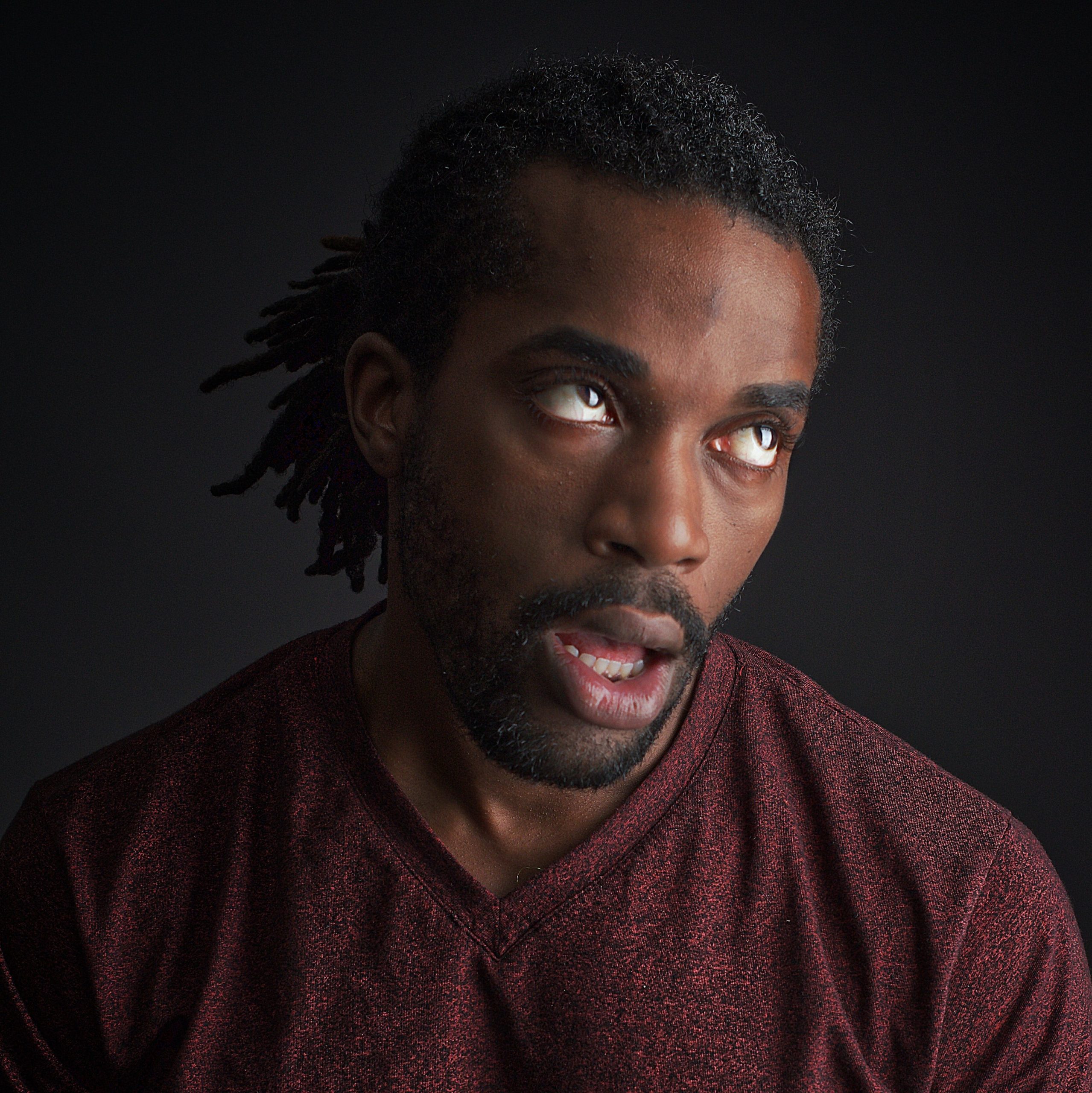
The eyes play a vital role in face-to-face conversations. Eye contact assures interest, attention, focus, and lets the other person know that you’re “with them” – listening, alive, and on the same conversational page. This applies to group events where the speaker can see their audience as well. Here too, the eyes showcase concentration. However, the mind can and would wander, but that’s secondary. Although mental inattentiveness is strictly considered, it’s not actively verified – unless sternly and repeatedly assured. But, with the eyes, you can always tell if someone’s listening or they just don’t care.
So, when the eyes are this important and when they literally symbolize reception and attentiveness, an “unsettled” and rolling pair can suggest the obvious opposite. If the eyes aren’t facing and fixed on the speaker, then the most probable reason is that they’re uninterested in the message/ speech/the speaker themselves. But, why are the rolled eyes or the eyes looking heavenwards in particular suggestive of disinterest? Why not are eyes looking sideways? Or eyes looking downwards?
The plausible explanation lies in the fact that every other direction except for rolling eyes has specific interpretations. A left-looking eye probably has a lying owner, a sideways-looking eye has an uninterested or distracted owner, a downward-looking eye has an embarrassed, guilty, or submissive owner, and an upward-looking eye could suggest a thinker.
Now, a pair of rolling eyes, one that isn’t exactly fixated in any direction could suggest that the person is busy looking for something in thin air that’s more interesting, drawing, meaningful, and captivating than what’s in front of them. It could even be the back of the person’s own eyelids. The deliberate act of rolling one’s eyes is aimed at non-verbally upsetting someone. It is boldly shown to express some bold reactions.
What it Means When Someone Sends 🙄
Emojis are a parcel of the social media universe, but they’re not necessarily a part of every social media user’s experience online. Not everyone uses emojis nor communicates with them. Different people use different emojis, and when people do apply emojis, it’s usually the feel-good one – the positive ones. And the real intent behind emojis like the ❤️ red heart, 😍 smiling face with heart eyes, 😊 smiling face with smiling eyes, 😁 beaming face and 😸 grinning cat with smiling eyes can be a challenge to decipher, provided how deceptively optimistic they are.
Emojis like the 🙄 rolling eyes are conscious choices. Much like the gesture in real life, the emoji too is intentional. It’s chosen after a fair amount of thinking and searching for the ‘right emoji’. So, comprehending the mental framework of the person when they send the emoji with rolling eyes, could be relatively easier going by how objective this emoji is. There isn’t a clear-cut distinction between the intent of different groups of senders who send 🙄 as they may all, objectively, mean the same thing(s).
General Meaning
An emoji user would resort to the rolling eyes emoji when they cease to believe something. This emoji would intend to communicate the sender’s skepticism and their inability to make sense of something or someone.
🙄 can also be used to show or reciprocate mockery and contempt – big or small. In other general cases, this emoji can accompany contexts of boredom and dispassion too. It’s one of the tell-tale signs or emojis of boredom.
Not-So-General Meaning
In some cases, the sender can apply this emoji not as a way of implying its meaning but as a way of questioning the same in another – things like the other person’s memory, interest, passion, and alertness.
Every emoji is a paradox in itself!
Here are a few examples highlighting this reverse use-case – where 🙄 not only means all that it does but also questions it:
- You’re not interested in the offer, right? 🙄
- Didn’t I send you all the PDFs? Already? Twice? 🙄
- Dude. We talked about the SAME thing last night. 🙄
- Tell me one thing. Do you ever pay attention to anything? 🙄
Emojis are stationary. The stilled illustration may not mean exactly what its movement in real life would. The pair of rolled eyes, in this case, can also be used as eyes looking upwards – and therefore suggest a confused, doubtful, and concerned look instead of a mocking and disinterested one. So, a bothered user may apply this emoji as a way of asking “What happened”, “What’s wrong”, “Why are you acting/behaving differently?“, “Something’s strange/not right”, etc.
How to Use 🙄 Correctly
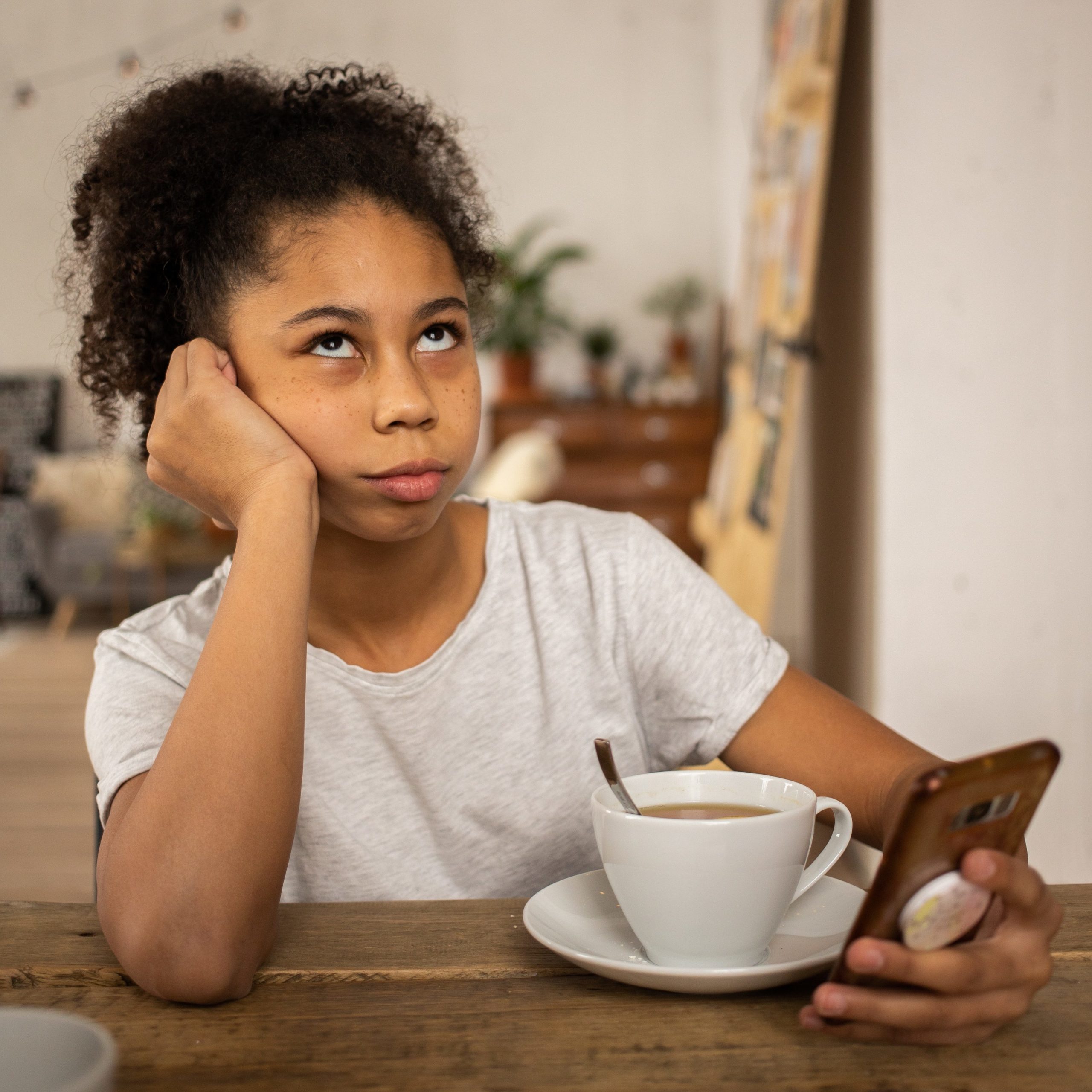
There are many “correct” ways of using this emoji, and the only wrong way to apply it is in the wrong conversation with the wrong person – which we’ll get to in the next section. For now, the right way. Each time a text message, comment, or even post makes you “roll your eyes” or in other words annoy, bore, and create disappointment that you even scoff at the sight, you should use the 🙄 emoji – if you’re responding to them, that is. To effectively show an individual or on a widely consumed platform that something failed miserably to impress in any way, you must use this emoji.
Apart from tackling and protecting one’s radar of tolerance towards stupidity, ridicule, degeneration, and blatant disbelief, this emoji can also be used as a “face with upward-looking eyes”. As mentioned before, this way of looking at the emoji would change both the executing and receiving narrative of 🙄. If this is your approach towards the emoji, then you can use 🙄 to show concern, doubt, genuine discomfort, bothering, and a feeling of being restless but at the same time composed about it – that awkward merge of emotional responses.
When NOT to Use 🙄
Now, THIS is the most important segment for the 🙄 face with rolling eyes emoji. The explosiveness of this emoji, though comparatively tamer than the real gesture, is still pretty sensitive. Someone who knows the emoji, its name, and purpose may be ticked off by it – if sent irrelevantly or with the purpose to hurt. So, here are a couple of instances where 🙄 would be a dreadful choice. Please take the advice, and REFRAIN.
In Conversations With Older People
A lot of us, young people (in select countries) have questioned the age hierarchy and why it’s so important to not piss off an older person and to not be disrespectful to them, at least once in our lifetimes. To the victims of this social norm, it makes no sense to most of us, and we just forcefully gather our guts in adverse or uncomfortable situations. But to the rest, this absurdity just doesn’t exist (and we’re not talking to you).
Generally, in the countries that hail older people and how there should be a sense of deep respect towards them irrespective of their behavior, any form of disrespect is profoundly frowned upon. So, if this is the case with you, or if the person you’re conversing with is a strong believer of this notion even though the people in your world aren’t, it’s best to refrain from using this emoji with them and making the gesture in front of them. It’s just calmer and more sensible that way.
If you don’t know what we’re referring to, here’s a brief. In many countries, there’s a thin and invisible layer of ice between you and an older person, that can penetrate and pierce right through the ego of the latter when impacted with disrespect and impoliteness from the former. This is the respect-based age hierarchy many cultures and countries rigidly follow and needn’t be a universally known and practiced social moral code.
In Professional Conversations
This usage is not only cringe-worthy but is also very unnecessary. Eye rolling is firstly a chosen expression, it’s not involuntary unless it’s a physiological disposition, and emojis, as we know them, are heartfelt choices – nothing happens accidentally here.
Sending a 🙄 in a formal conversation with a colleague, manager, or worse, the boss, is a horrid idea. No matter how “eye-roll-worthy” it is, please, DON’T. It doesn’t matter if you’re “friends” with the person or if they “won’t mind”, let us be the ones to remind you that this is your work zone, you’re here to work, and have the best professional image possible, and 🙄 could damage that – if not dangerously destroy, such casual usage of emoji and therefore “non-verbal language” can at least dent your image.
Related Emojis
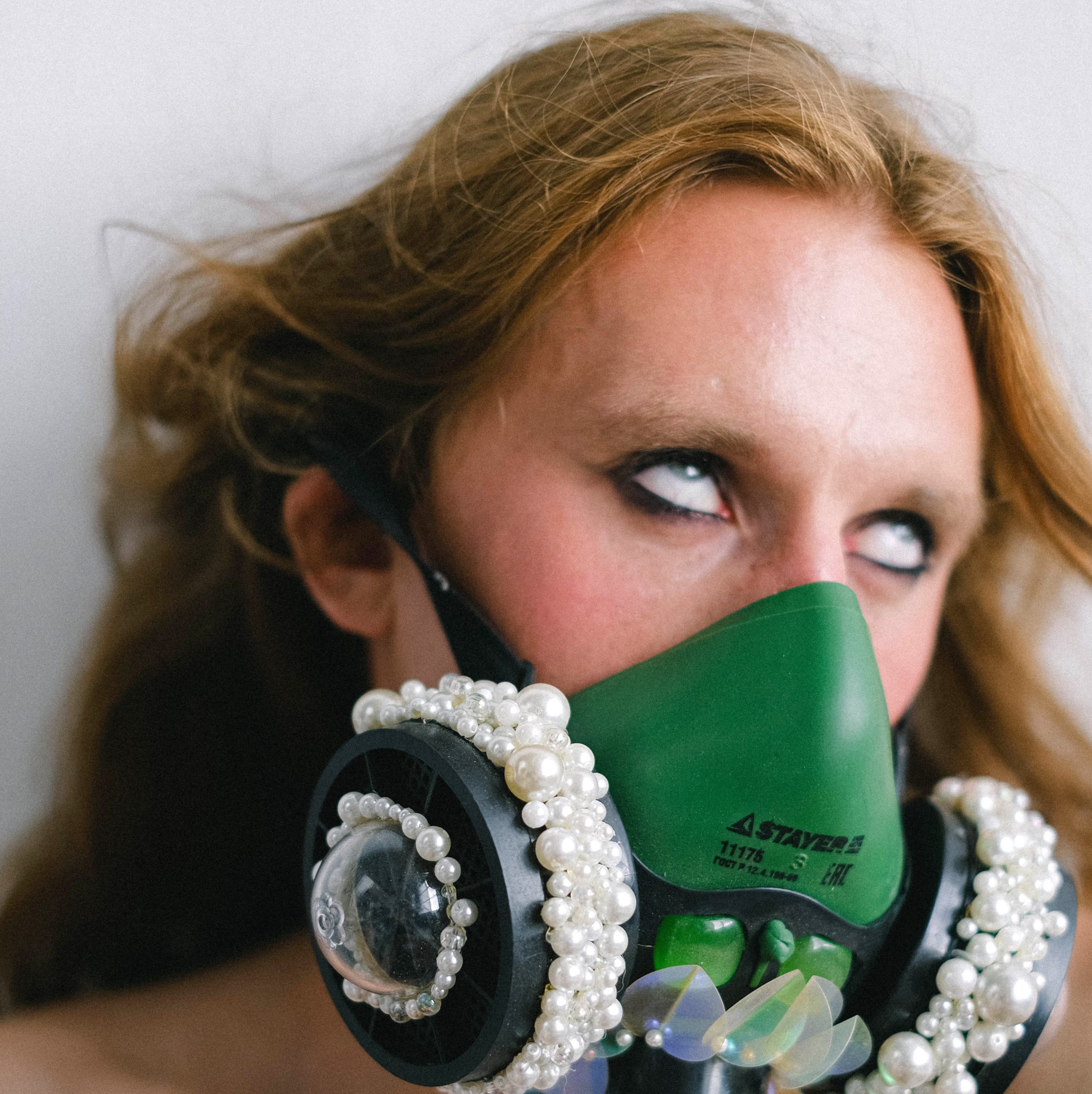
Eye-rolling is the signature face of contempt, suspicion, and annoyance. But! It’s not the only one! There are a few other expressions we’ve successfully designed to show rejection in any shape or form. These gestures if not more, are equally provoking as a pair of rolling eyes. Here are our top five picks of gesture-based emojis that communicate whatever.
🥱 Yawning Face Emoji
A yawn is a sign you need to go to bed. It’s a bodily response to tiredness, exhaustion, and a need for rest. Yawning other than bedtime is a general symptom of a bad sleep cycle that generates fatigue throughout the day. But, voluntarily yawning at the sight of something or someone is an indicator that someone/something bores you, puts you to sleep, and is overall not something that’s undeserving of your attention. Here too, you’re in a state of saying whatever but from boredom.
😒 Unamused Face Emoji
An unamused face is a natural reaction to something that’s innately well, unamusing. There’s nothing particularly drawing about it. Here, the expression can speak volumes of one’s contempt, distaste, and indifference towards a person or thing – depending on how well it is executed in real life and the contextual strength it partners with online. 😒 is a whatever emoji but one that stems from loathing.
🤷 Shrugging Emoji
Shrugs are the typical “whatever” gesture. They’re also representative of ignorance, disinterest, oblivion, and a general way of saying “I don’t know” or “I don’t care“. A shrug can sometimes mean helplessness as well.
🤷 is a gestural reaction to something that’s beyond the “bother border”. It’s an expression of being willingly incapable of caring any less. Shrugs, in general, don’t have a great reputation, but they’re not as socially forbidden as rolling eyes either – and so, we have variations! A 🤷♂️ Man Shrugging and a 🤷♀️ Woman Shrugging
🤨 Face With Raised Eyebrow Emoji
This one’s not exactly a “whatever” expression, but is certainly an expression of disbelief and contempt, much like the 🙄 face with rolling eyes emoji. Primarily, the face with raised eyebrows is the appearance of intimidation, that’s also communicative of point-blank interrogation that can be carried out in any measure.
😕 Confused Face Emoji
As discussed before, 🙄 can also be the face of confusion and concern when considered as the “face with upward-looking eyes”. But that’s a peripheral interpretation of this emoji, unlike the OG 😕 confused face. Everything about this emoji falls into the “clueless” box – where things are blurry, incomprehensible, and plainly confusing.
In Conclusion
The 🙄 face with rolling eyes may not be as harsh and ill-mannered as the actual gesture but is still of relative value in the virtual world. This emoji still signifies contempt, indifference, apathy, mockery, skepticism, and annoyance, just in a much tolerable way.
This emoji can also be used as the emoji of confusion, concern, doubt, and bother. It’s used, at times, to express discomfort over a change in a conversation or person. Contrastingly, 🙄 can be used in moments of questioning everything this emoji stands for, in the opposite texter.